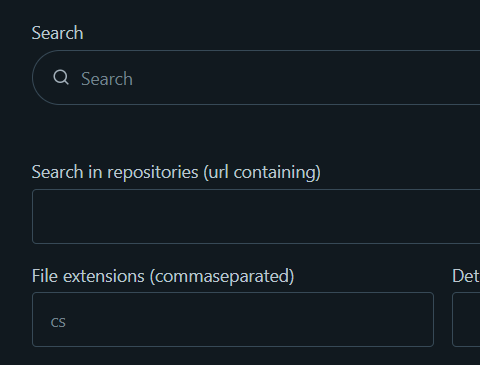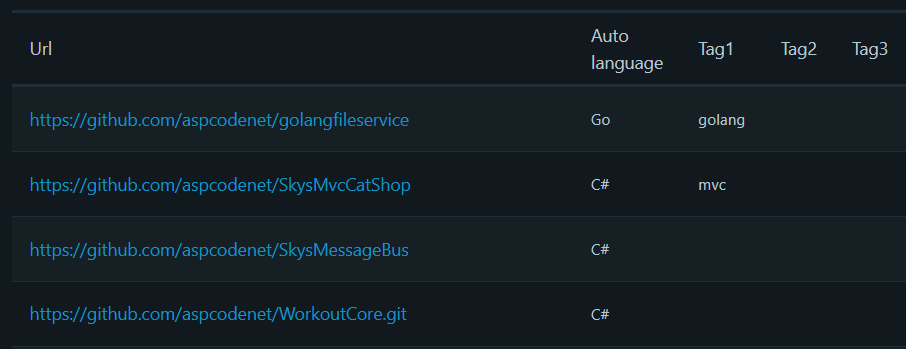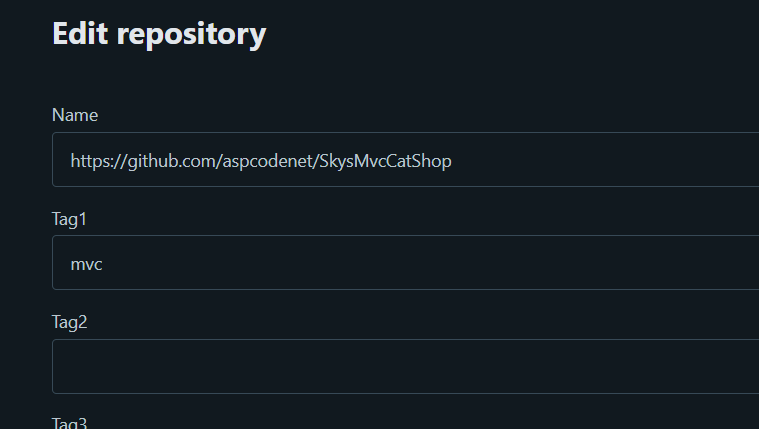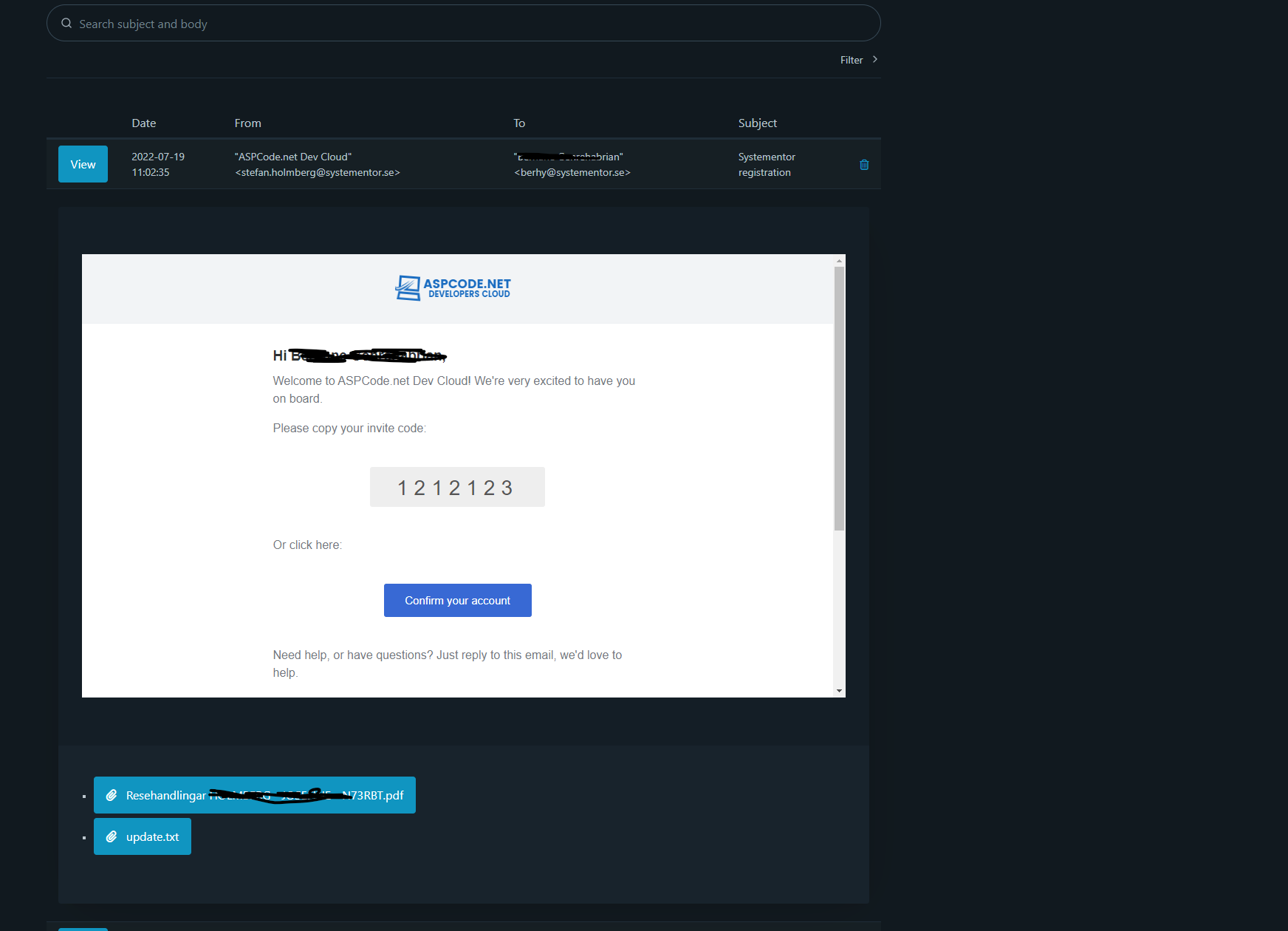Subscription process
What happens when you click Subscribe?
- You need an account with us. So first you will be redirected to login.systementor.se (our own cloud identity provider) to login or register
- Then you will be redirected to Stripe (out third party payment provider, we never handle your payment information at all)
- After payment you will be redirected back here (the subscription admin page) and as soon as payment is cleared you will be granted access







